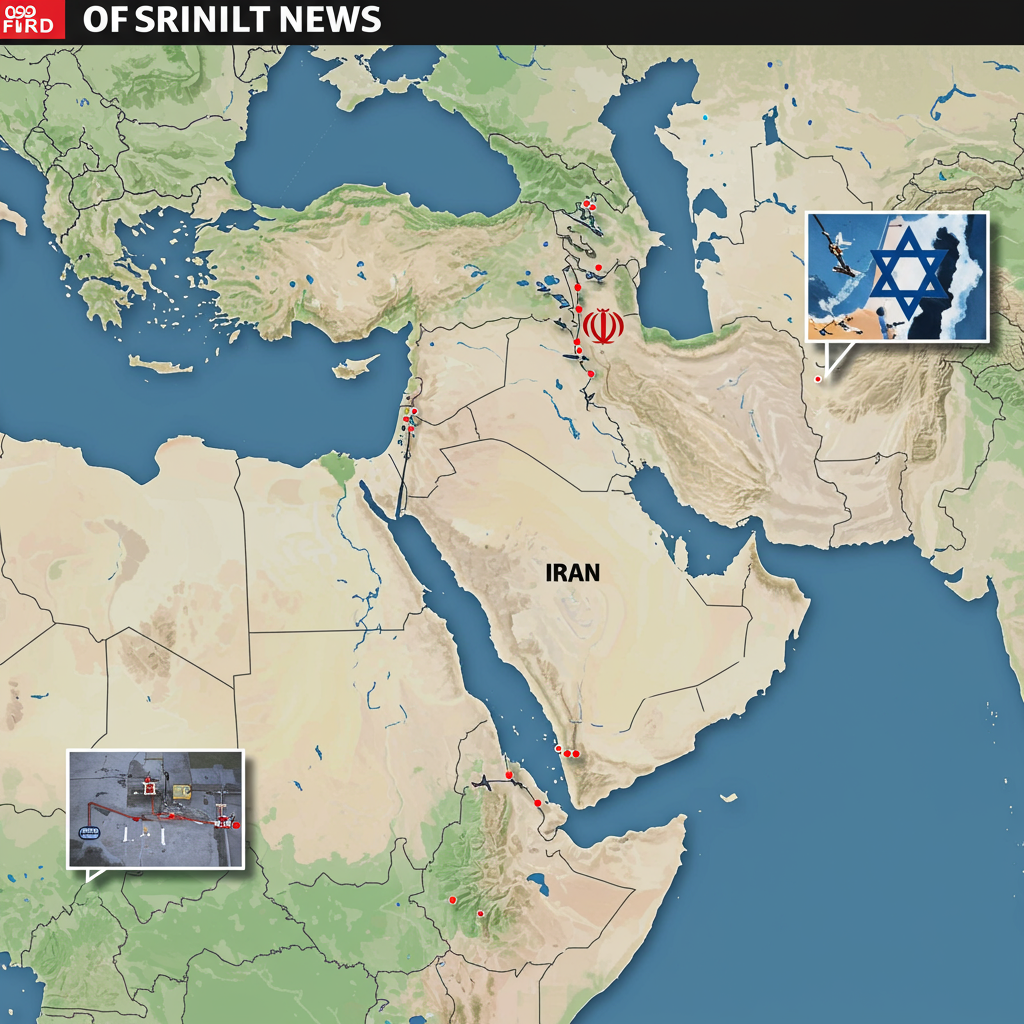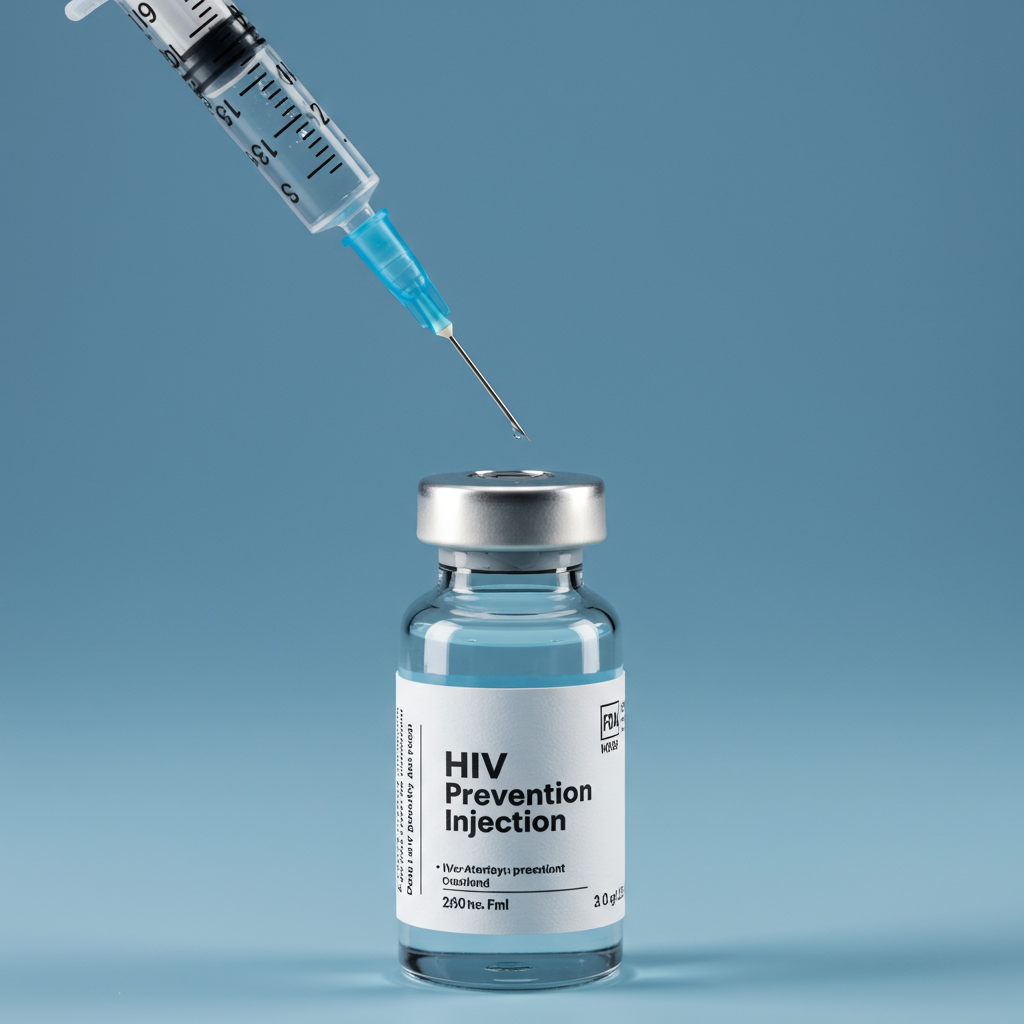Middle East Crisis Deepens: Intense Strikes Continue Between Iran and Israel
The confrontation between Iran and Israel has escalated significantly into a fourth day of intense, reciprocal military strikes. Fresh waves of missile attacks launched by Iran have targeted multiple locations across Israel, while Israeli forces continue to conduct extensive airstrikes on Iranian territory, including the capital, Tehran. The widening conflict is driving a sharp rise in casualties on both sides and fueling grave concerns that the hostilities could spread further across the vital oil and gas-producing region.
Markets initially reacted with volatility following a prior Israeli strike that reportedly triggered this latest phase of escalation. While equity markets have shown some stabilization, analysts are closely monitoring oil prices, and investors are turning to safe havens like gold, as experts warn a full-blown war could worsen economic conditions.
Escalating Attacks and Mounting Casualties
The past few days have seen a dramatic increase in the scale and intensity of the exchanges. On Monday morning alone, a significant wave of Iranian missile strikes resulted in at least eight people killed and dozens, potentially hundreds, wounded across central Israel. Israeli emergency services reported evacuating over 100 individuals to hospitals from four different strike sites. Among the deceased were four individuals in their 70s, and a six-day-old baby was reportedly pulled from the rubble of a damaged building. Rescue efforts continue as teams search for others potentially trapped.
Residential buildings have sustained direct hits, notably in the city of Petah Tikva near Tel Aviv, where one resident described the terrifying experience of his building being bombed while his four young children were present. Powerful explosions, often attributed to Israel’s air defense systems intercepting incoming threats, have been heard over major cities including Tel Aviv and Jerusalem. A missile even fell near the U.S. Embassy branch in Tel Aviv, causing minor property damage from the concussive blast, although no American personnel were injured.
According to figures compiled from various reports since Israel’s offensive began on Friday, Israel has now suffered at least 24 deaths and over 500 wounded.
Meanwhile, Israeli forces have conducted widespread airstrikes across Iran. Iran’s Health Ministry has reported at least 224 people killed and around 1,300 wounded since Friday, stating the majority are civilians, including women and children. Human rights groups, however, suggest the death toll could be significantly higher, with some reports documenting over 400 fatalities. Israeli strikes have reportedly targeted military bases, nuclear facilities, and also hit residential areas in downtown Tehran, resulting in multiple civilian deaths in those locations.
Targets, Tactics, and Justifications
Israel’s current military operation, reportedly dubbed “Operation Rising Lion,” began on Friday with a strike aimed at what Israel claimed was the core of Iran’s nuclear program. Israeli officials stated this strike killed several nuclear scientists and high-ranking military leaders, including the intelligence chief of Iran’s Revolutionary Guard Corps (IRGC) and his deputy, a claim later confirmed by Prime Minister Netanyahu. Israel maintains these actions are necessary to neutralize the existential threat posed by Iran’s nuclear ambitions, which Israel insists is aimed at developing nuclear weapons.
Iran, which insists its nuclear program is peaceful, has responded with successive waves of missile and drone attacks. Iranian officials have framed these strikes as legitimate retaliation for Israel’s aggression. The IRGC has pledged that future rounds of strikes will be “more forceful, severe, precise and destructive” if Israel continues its attacks. Some reports suggest Iran has utilized around 100 missiles in a single barrage and potentially employed hypersonic missiles, with claims that a “new method” caused Israeli defense systems to target each other.
Israeli forces report intercepting dozens of Iranian drones and missiles, utilizing systems like the Barak Magen, which was reportedly used for the first time to intercept attack drones. Israel also claims its Air Force now has “aerial superiority” over Tehran and can operate over the capital. Israeli airstrikes have targeted Iranian military command centers, including ten Quds Force command centers in Tehran, missile platforms, and nuclear facilities in locations like Isfahan and Natanz, with Israeli officials reportedly issuing evacuation warnings to Iranians near weapons facilities.
Regional Impact and Global Concerns
The escalation stems from the broader context of the regional tensions exacerbated by Israel’s ongoing war in Gaza since October 2023. Israel has actively targeted Iranian allies and interests across the Middle East, including striking Hezbollah in Lebanon, Houthi forces in Yemen, and militias in Iraq and Syria. The conflict has also seen significant losses for Hamas leadership.
The widening confrontation is raising alarms internationally. Officials worry about the potential for the conflict to draw in other regional actors. While Russia maintains this is “not Russia’s war,” it is engaged in a delicate balancing act, seeking a political solution while recognizing the long-term importance of Iran as a partner in organizations like the SCO and BRICS, and also being careful not to alienate Israel. Former Israeli Justice Minister Yossi Beilin highlighted the critical question of “the morning after,” pondering the future structure of the Middle East and suggesting that eventual peace between Iran and Israel is not impossible.
International powers, including the United States, EU members, Russia, Turkey, and China, have called for de-escalation and a return to diplomatic efforts. US officials have reportedly pushed for de-escalation messaging, and former President Trump reportedly vetoed an Israeli plan to assassinate Iran’s Supreme Leader. Despite calls for diplomacy, Iran has reportedly stated it is not open to ceasefire negotiations while under Israeli attack.
The ongoing violence also continues to impact Gaza. While the main focus is on the Iran-Israel front, scores more Palestinians have been killed and wounded during the same period, including at least 34 near Israeli- and US-supported food aid distribution centers in southern Gaza, highlighting the intertwined nature of the region’s crises.
Adding to the challenges, Iran’s economy, already strained by sweeping US sanctions, is facing mounting troubles. The country recently appointed a new economy minister to tackle soaring inflation and a plunging currency amidst the escalating crisis.



